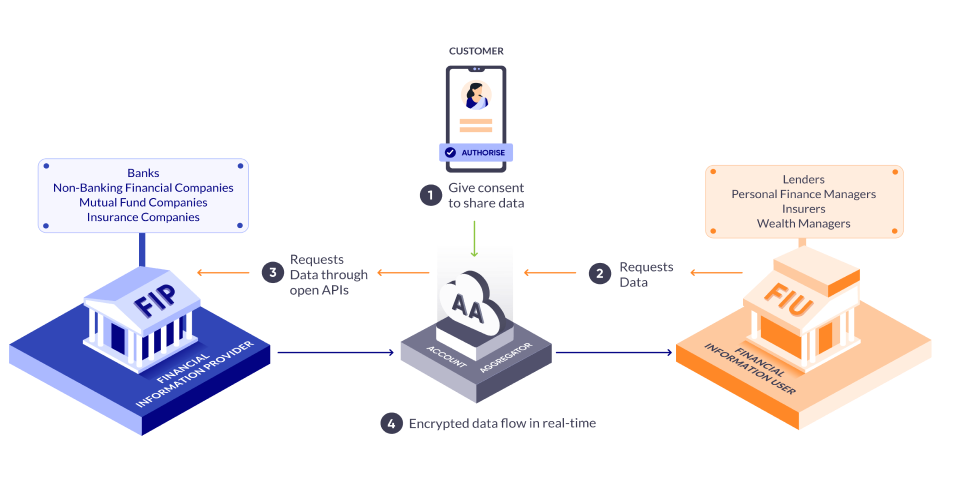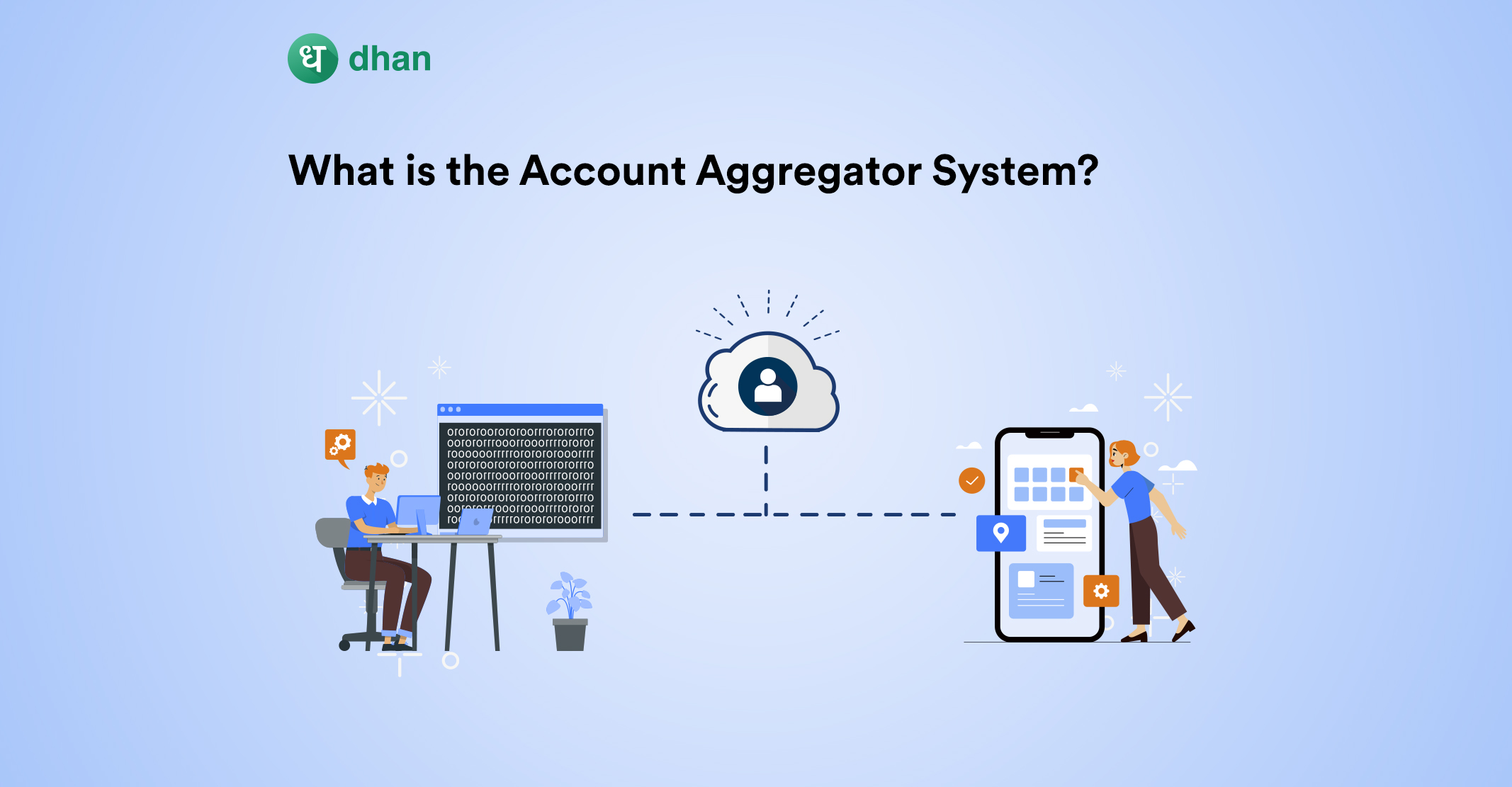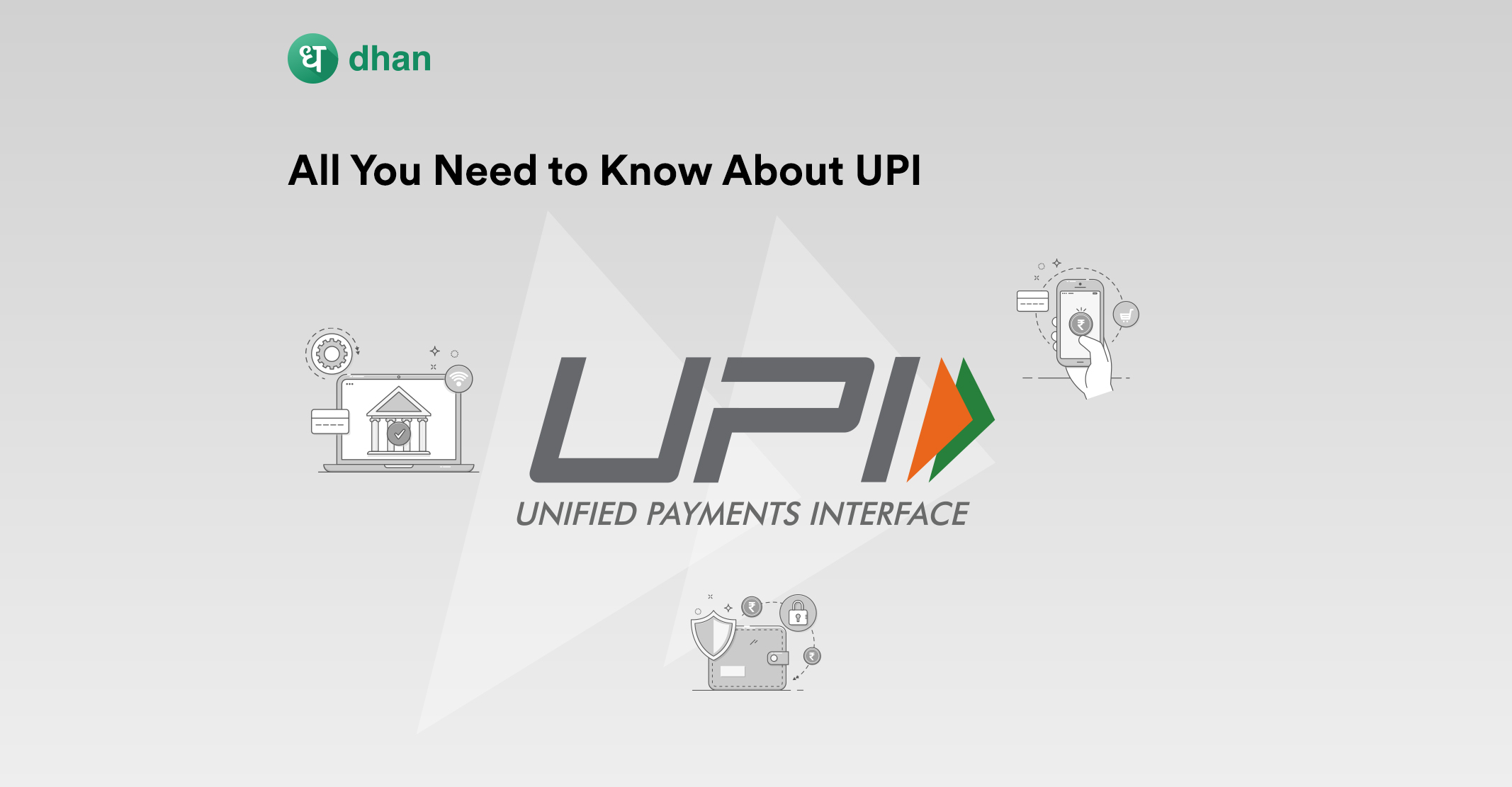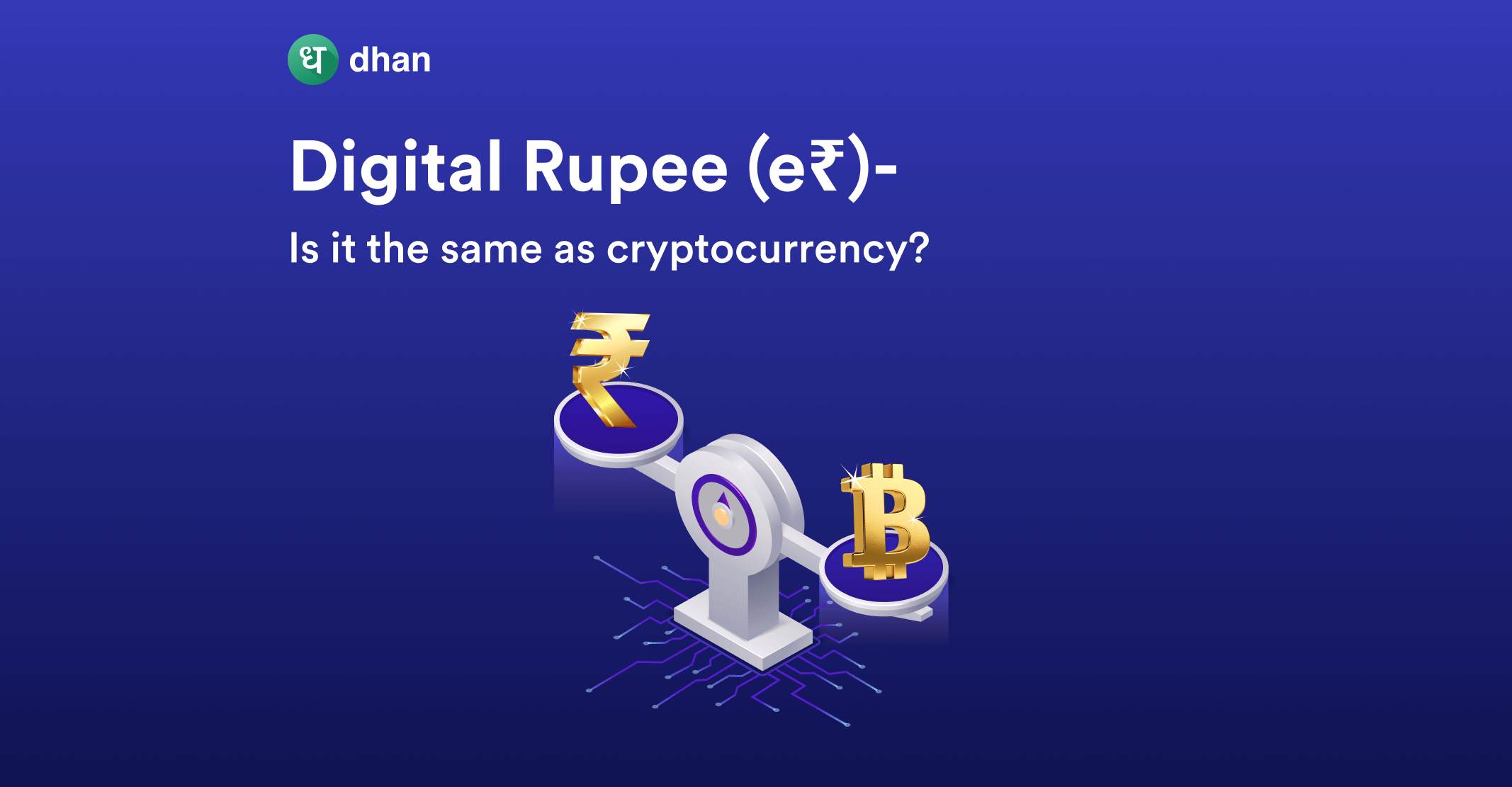Traditionally, lending, and banking in India have been mired in fraud, unequal distribution, or simply exorbitant interest rates. A simple and robust system involving all the entities was the need of the hour.
Just as the introduction of UPI revolutionalized payments, the Account Aggregator framework by RBI is all set to revolutionize the lending ecosystem in India.
What is the Account Aggregator System?
Getting credit in India for MSMEs or SMEs has always been a tedious process due to the current lending infrastructure. For individuals, either a lot of processes or data had to be collated from different sources and then had to be shared with the lending entities.
This often took a lot of time to get the due diligence done often resulting in backdoor transaction approvals. In order to curb this, RBI has come up with a new framework: Account Aggregator system.
Account Aggregator is a type of RBI regulated entity(with an NBFC-AA license), which provides retail individuals and businesses greater access to their financial data and helps in sharing the financial information across one financial entity to another in the AA framework securely & digitally.
The most important part of the AA is that the data cannot be shared WITHOUT the CONSENT of the individual.
How Does the Account Aggregator System Work?
AA majorly includes three groups viz: Financial Information Providers ( FIPs ), Account Aggregators & Financial Information Users ( FIU). Let’s deep dive into what each group consists of.
1. Financial Information Providers (FIPs)
Financial Information Providers will be collecting the data from the users. These groups will consist of Banks, Mutual Funds, Stock Broking apps, NBFCs, Insurance Companies, etc.
They will share the user data with Financial Information Users through the Account Aggregator platforms with the consent of the user. Here’s the list of all the FIPs in the AA ecosystem.
2. Financial Information Users (FIUs)
Financial Information User are the resources who will be providing services to the user like insurance, credit cards, wealth management, loans etc on the basis of the financial data received from the FIP. FIUs receive digitally signed data from the FIP safeguarding its authenticity & transparency.
Here’s the list of all the FIU in the AA ecosystem.
3. Account Aggregator Platforms (AAs)
Account Aggregators are the platforms that enable the data sharing between FIPs & FIUs. They basically act as a bridge between the two, enabling data flow across the entities seamlessly, fast, securely & digitally.
Account Aggregators cannot use the data for any other purpose, and can only organize, and store the data to be shared across different entities depending on the consent provided by the user.
A whole new range of services will open up due to the fast flow of the data which in return will help honest & high-intent customers through the Account Aggregator network.
Here’s the list of all the entities have been onboarded as AA.
Example of How Account Aggregator Works

Suppose a user named Aarti, a 28-year-old PR professional, is in the process of buying a house for herself. She wants to apply for a home loan from LIC Housing Finance and has been regularly investing in stocks and mutual funds, uses credit cards & pays the bill on time while maintaining a good credit score.
Without the AA ecosystem, there were a lot of processes she had to undergo to apply for the Home Loan, collating all her investment details, Mutual funds documents, Credit Score, etc.
This often takes a lot of time, and if there’s a small miss in the details, she has to resume all the processes from the beginning.
But through the AA framework, all her hassles get minimized. In Aarti’s case, LIC Housing Finance is an FIU, and her Mutual Funds provider, Credit Card Company, and Stock Broking App are the FIPs.
She has the option to select the financial information that has been requested from LIC Housing Finance to select from the Account Aggregator platforms, and that information will be instantly shared with LIC Housing Finance.
Depending on her profile, all her further home loan allocation, and disbursement will happen. The process which normally would have taken months to get processed and till disbursement, can now be done within days thanks to the AA process.
Why is Account Aggregator System Necessary?
In India, a large portion of the users didn’t have access to secured loans and often had to opt for unsecured sources of lending through the introduction of Account Aggregator platforms, many users will come into the mainstream. It also opens up the opportunity for new types of services in personal finance management, Wealth Management services, Insurance providers, and faster KYC processes in regulated products like stock broking – Dhan.
Users have the autonomy and the power in their hands to use their financial data as per their requirements. The open banking system in India will gain pace, and more people will in turn be bought into the system.
What’s Happening in the Account Aggregator System Now?
Almost all the major public and private banks have been on-boarded onto the AA ecosystem, meaning the data of 1.1Billion accounts, 9.65 crore demat account holder information & 12 crore MF account information can now be shared digitally on a real-time basis.
Let us know if you have any thoughts or feedback about what we should cover next.
You can also read-
- Company profile of – Amber Enterprises
- Difference between Active & Passive Investing
- Invest Smart, Not Hard – SIPs Vs. Smart SIPs



